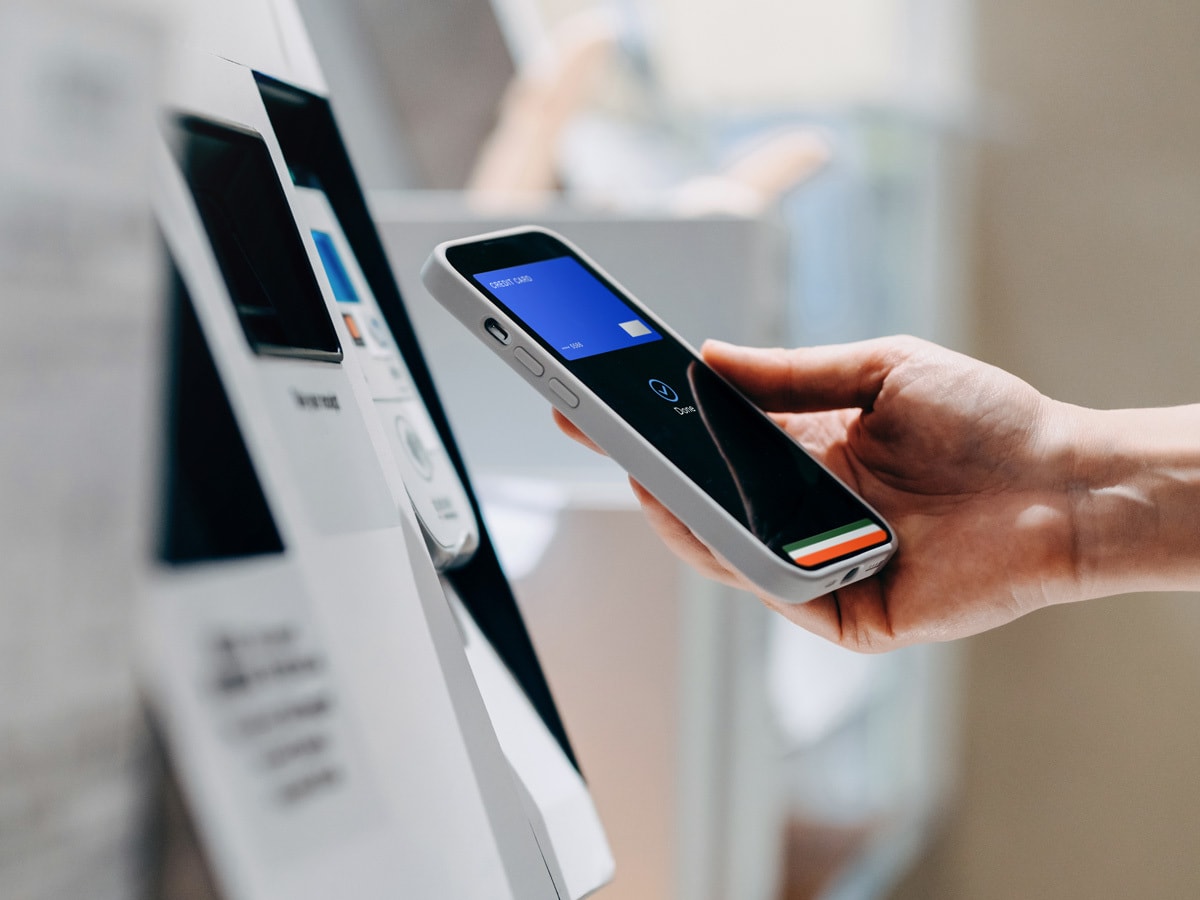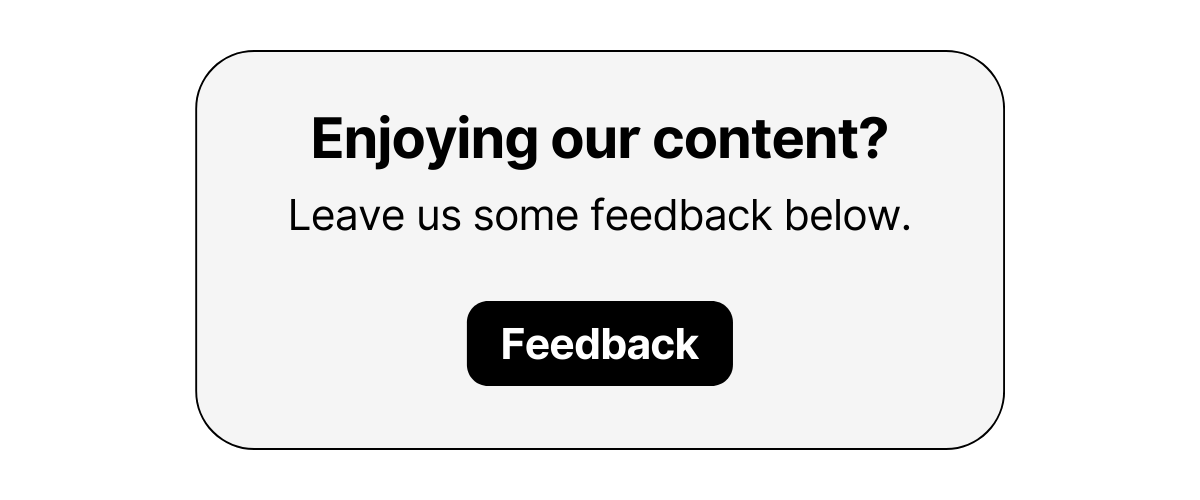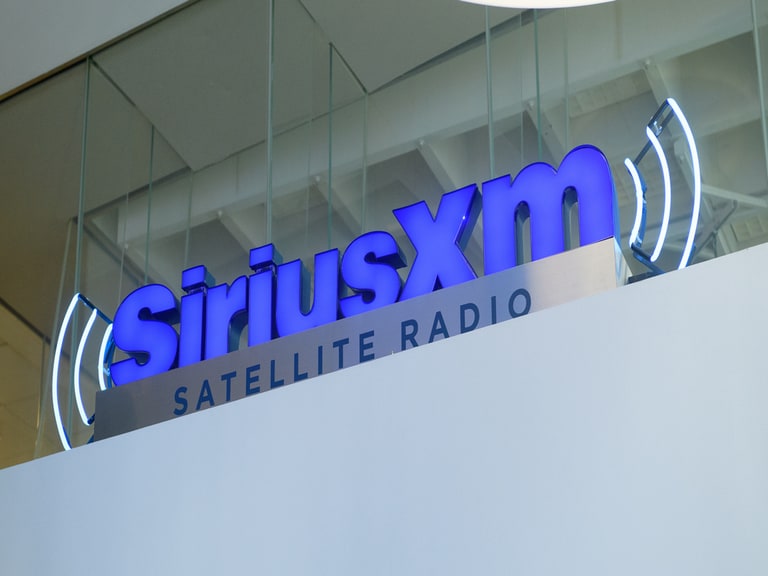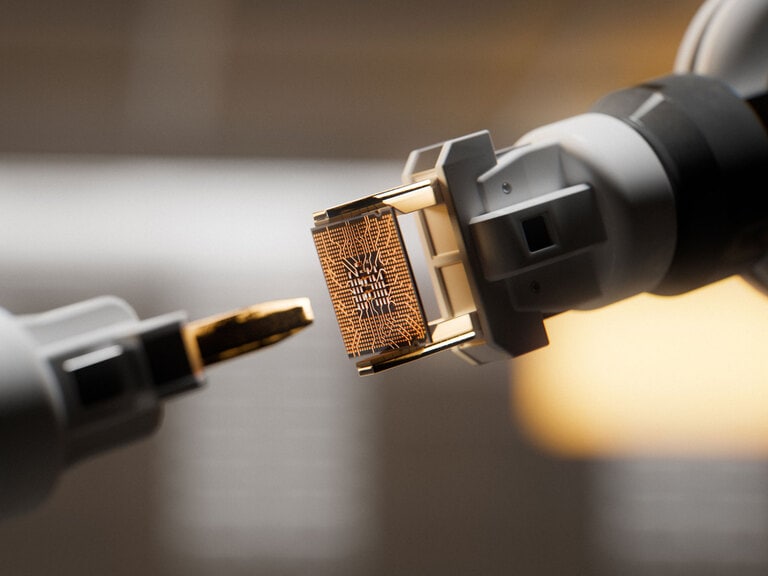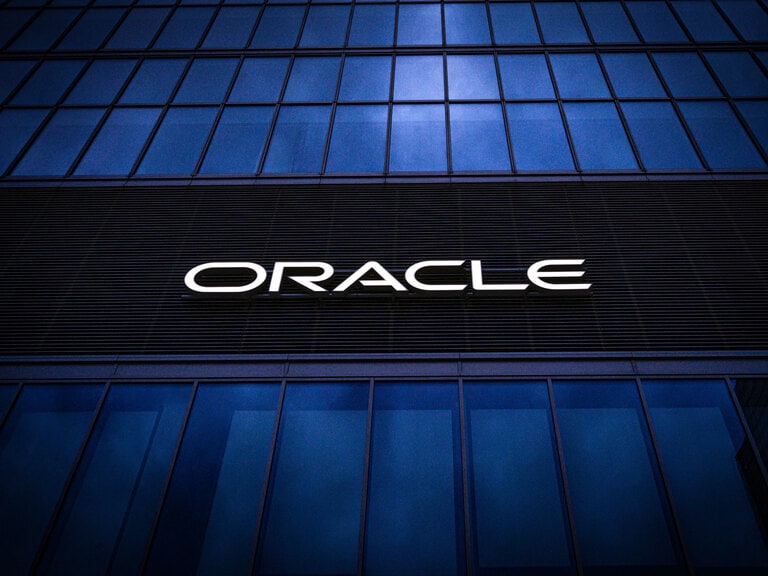As adoption rates soar worldwide, mobile payments are underpinning a secular shift in how people buy and sell goods. Key players such as PayPal and Block are creating one-stop finance apps, while Visa’s payments network gives it a dominant position in the space, and social media giants look to encroach on the theme.
- Block in short seller’s sights.
- PayPal sells $44bn of BNPL debt.
- How to invest in mobile payments: the ETFMG Prime Mobile Payments ETF offers exposure to stocks within mobile payments, and is up 8.74% over the past six months.
Global growth
Mobile payments are a booming industry the world over, with innovative payment solutions and increased access acting as drivers for rapid growth.
Tejas Raut Desai, research analyst at Global X ETFs, defines the mobile payments theme as encompassing companies that facilitate transactions on mobile devices. “This can include apps, services, peer-to-peer mobile payments, tap-to-pay payments and mobile wallets, as well as companies engaged in the development of mobile payment infrastructure, QR code set ups, security measures, and data analytics,” he tells Opto.
“Overall,” he adds, “we’re still in the early days of the transition from legacy to digital channels for payments, and we think there’s strong user adoption momentum that favours the latter.”
According to a March report from Research and Markets, the global mobile payments industry was worth $72bn in 2022 and is set to grow at a CAGR of 27.2% to $494.5bn by 2030.
“Mobile payments are used by more than 2 billion people globally, with millions more coming online each year,” says Desai. “This expansion of the total addressable base should continue to be a major driver.”
There are some important overlaps between mobile payments and other themes. The most obvious of these is fintech, of which mobile payments is arguably a sub-theme. Digital payments are also heavily intertwined with the blockchain theme, while greater access to mobile payments — and related developments such as buy now, pay later (BNPL) — are key drivers for the ecommerce theme.
Mobile and social
There is, additionally, an increasingly close relationship between the mobile payments industry and social media.
After acquiring microblogging site Twitter in 2022, Elon Musk announced plans to enable mobile payments through the platform as part of a drive to turn Twitter into an “everything app”. In 2023, Twitter began applying for US licences to facilitate payments, and a small team under the guidance of Esther Crawford was reported by the Financial Times to be beginning work on the architecture required for payments.
Twitter’s co-founder, Jack Dorsey, stepped down as its CEO in 2021 and left its board in 2022, leaving him with more time to focus on his mobile payments company, Block [SQ]. Block’s revenues had grown rapidly from $2.27bn in 2019 to $17.66bn in 2021, but they contracted slightly to $17.53bn in 2022. Excluding bitcoin revenue, though, Block’s revenue increased 36% year-over-year to $10.42bn.
However, Block was the target of a short selling report from Hindenburg Research in March 2023, which attested that “the ‘magic’ behind Block’s business has not been disruptive innovation, but rather the company’s willingness to facilitate fraud against consumers and the government, avoid regulation, dress up predatory loans and fees as revolutionary technology, and mislead investors with inflated metrics”.
Block responded immediately to the report, saying that it intended to pursue action against Hindenburg via the US Securities and Exchange Commission, and that it believed Hindenburg’s report was “designed to deceive and confuse investors”. Block’s share price fell 14.82% on 23 March, the day the report was released, but as of 14 July the stock had recovered to above its level prior to the report.
Are you finding this content insightful? Leave us some feedback here.
PayPal offloads BNPL debt
PayPal [PYPL], one of the companies in which Musk was involved early in his career, was one of the pioneers of the mobile payments industry.
In June, news broke that the company was selling $44bn of European BNPL debt to investment house KKR [KKR]. The deal is expected to net PayPal $1.8bn in profits, of which approximately $1bn will be spent on share repurchases. The KKR purchase represents almost all of PayPal’s European BNPL loan book, and KKR will also acquire future eligible BNPL loans through the agreement.
One of PayPal’s highest-potential products is Venmo, a peer-to-peer payments platform that has established a solid foundation among millennial and Gen Z users. In May, PayPal launched the Venmo Teen Account, enabling parents of 13–17 year olds to open accounts for their children, to allow them to send and receive payments.
The previous month, PayPal unveiled a partnership with Visa [V] to launch Visa+, a service connecting users of different peer-to-peer payment apps quickly and efficiently by entering a single “payname”.
Mobile monopolies
Visa’s position as a provider of payment infrastructure services makes it a favourite stock of Yuri Khodjamirian, chief investment officer at Tema ETFs. Speaking on Opto Sessions, he explained how the company’s payments infrastructure underpins the majority of the mobile payments industry, giving it an effective monopoly.
“It's really telling that all of the fintechs that have tried to set up, that are trying to disrupt payments, actually end up taking Visa’s rails,” said Khodjamirian.
Both PayPal and Block are, according to Desai, moving to become “one-stop ‘super apps’” within the mobile payment space, through their Venmo and Cash App products, respectively.
“Super app adoption is likely to grow and consolidate around fewer players based on users and functionality, with digital wallet mobile apps offering the highest functionality,” he tells Opto.
Desai points out that the theme is highly dependent on consumer strength, and that a global economic slowdown could prove a headwind. However, he adds that “year-over-year comparisons are quite favourable and estimates are low… the odds that growth in payments surprises to the upside is quite strong.”
The future is pay later
For Desai, one of the most exciting innovations in mobile payments is BNPL. His team believes that BNPL “has credible applications outside of consumer discretionary spending and could end up disrupting everything from auto lending to mortgages and education loans”, with the recent forays of PayPal and Apple [AAPL] into the space adding credibility.
Apple Pay Later launched in the US in March, where, according to Forbes, the BNPL market is already worth $100bn. The product allows users to split purchases into four payments spread over six weeks, with no interest or fees.
How to invest in mobile payments stocks
ETFs, or exchange-traded funds, offer an economical and diversified way to invest in a variety of stocks within a particular theme.
Fund in focus — the ETFMG Prime Mobile Payments ETF
The ETFMG Prime Mobile Payments ETF [IPAY] tracks the Prime Mobile Payments Index, itself comprised of companies providing credit card networks, payment infrastructure and software services, payment processing services, and payment solutions (such as smartcards, prepaid cards, virtual wallets). As of 31 March, 80.81% of its assets were in transaction and payment processing firms, 13.03% in consumer finance, 2.93% in application software, and 0.45% in electronic equipment and instruments.
IPAY gained 8.74% in the six months to 19 July.
Alternatively, the Global X FinTech ETF [FINX] offers broad exposure to the fintech theme including several key mobile payments players. FINX gained 19.42% in the six months to 19 July.
Continue reading for FREE
- Includes free newsletter updates, unsubscribe anytime. Privacy policy

